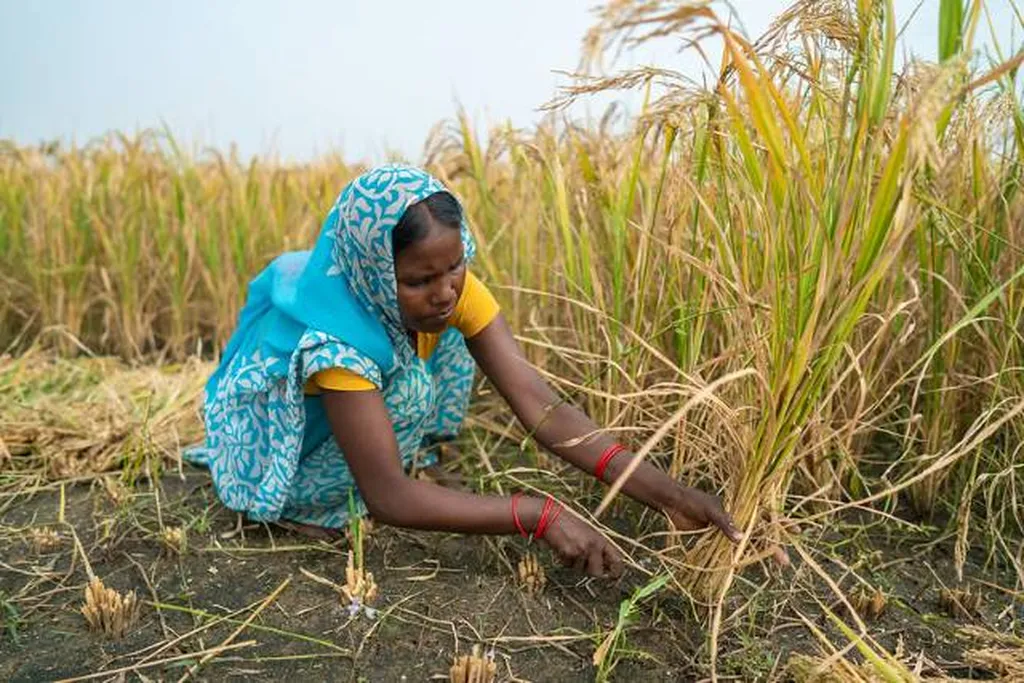In the heart of India’s agricultural research landscape, a groundbreaking study led by Megha Rohilla from the Indian Council of Agricultural Research’s National Institute for Plant Biotechnology in New Delhi is shedding light on the enigmatic world of deepwater rice (DWR). This unique crop, cultivated in a handful of locations worldwide, thrives in an ecosystem where no other crops dare to venture. Rohilla’s research, published in the journal ‘Plant Stress’ (which translates to ‘Rastlinový stres’ in English), is unraveling the exclusive features and unexplored mechanisms that allow DWR to flourish in deepwater conditions, potentially revolutionizing agriculture in flood-prone regions.
Deepwater rice is a marvel of evolutionary adaptation, possessing unique anatomical, morphological, physiological, and molecular characteristics that enable it to survive and even prosper in deepwater ecosystems. “Understanding the mechanisms of survival in the deepwater ecosystem is crucial for identifying genes or quantitative trait loci (QTLs) to develop superior DWR with higher yield,” Rohilla explains. This understanding could pave the way for developing high-yielding DWR varieties that can withstand the challenges of climate change and unpredictable weather patterns.
The study highlights the need for more research at the late vegetative or reproductive stages of DWR, as well as the factors that determine the threshold level of dissolved oxygen in water which triggers anatomical modifications necessary for efficient gas exchange between aerial and submerged plant organs. “More investigations are needed to identify novel genes, proteins, and metabolites regulating tolerance underwater and improve deepwater flood tolerance ability,” Rohilla emphasizes.
The commercial implications of this research are substantial. With climate change exacerbating flood risks in many regions, the development of high-yielding, flood-tolerant rice varieties could be a game-changer for farmers and the agricultural industry. This could lead to more stable food supplies, improved food security, and enhanced economic prospects for communities in flood-prone areas.
Moreover, the unique adaptations of DWR may also be associated with novel alleles related to traits such as nutritional quality and compatibility with natural farming practices. This opens up exciting possibilities for sustainable and organic farming practices, further enhancing the commercial potential of this research.
Rohilla’s comprehensive analysis of recent research findings on the unique features of DWR and its adaptation to grow under deepwater conditions, high-yielding DWR varieties developed by rice breeders, and genomic resources such as QTLs, genes, and miRNAs responsible for deepwater adaptation, provides a roadmap for future research. The study also highlights research gaps and outlines a future line of work, serving as a global reference for DWR research.
As we face the challenges of a changing climate, the insights from Rohilla’s research could shape the future of agriculture, offering hope for more resilient crops and sustainable farming practices. The journey of deepwater rice, from the depths of flood-prone ecosystems to the forefront of agricultural innovation, is a testament to the power of scientific exploration and its potential to transform our world.

